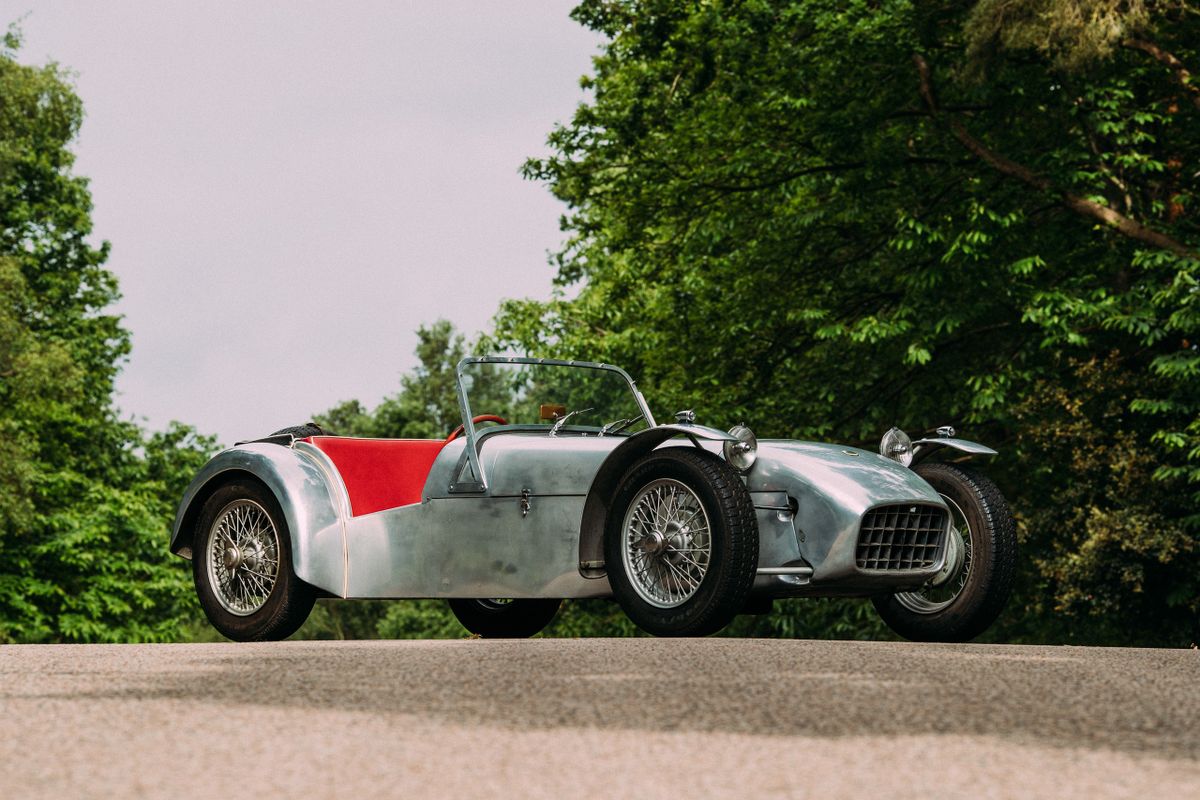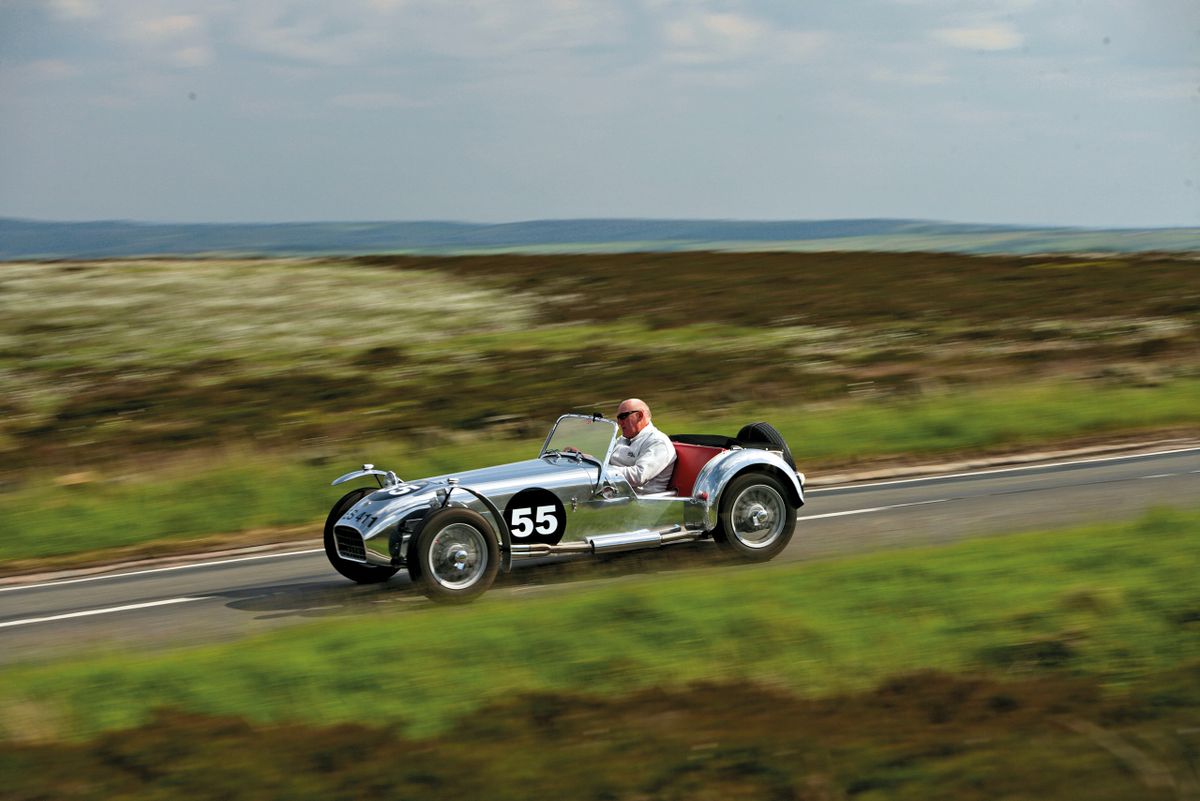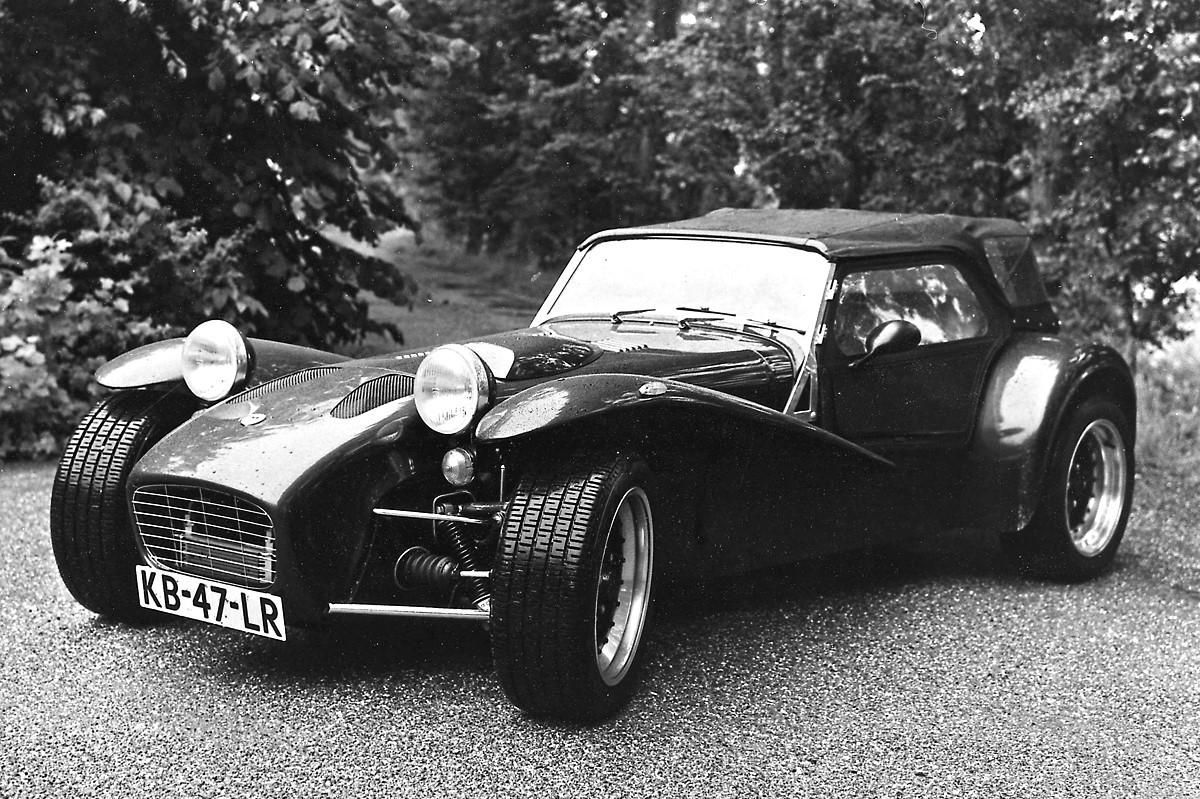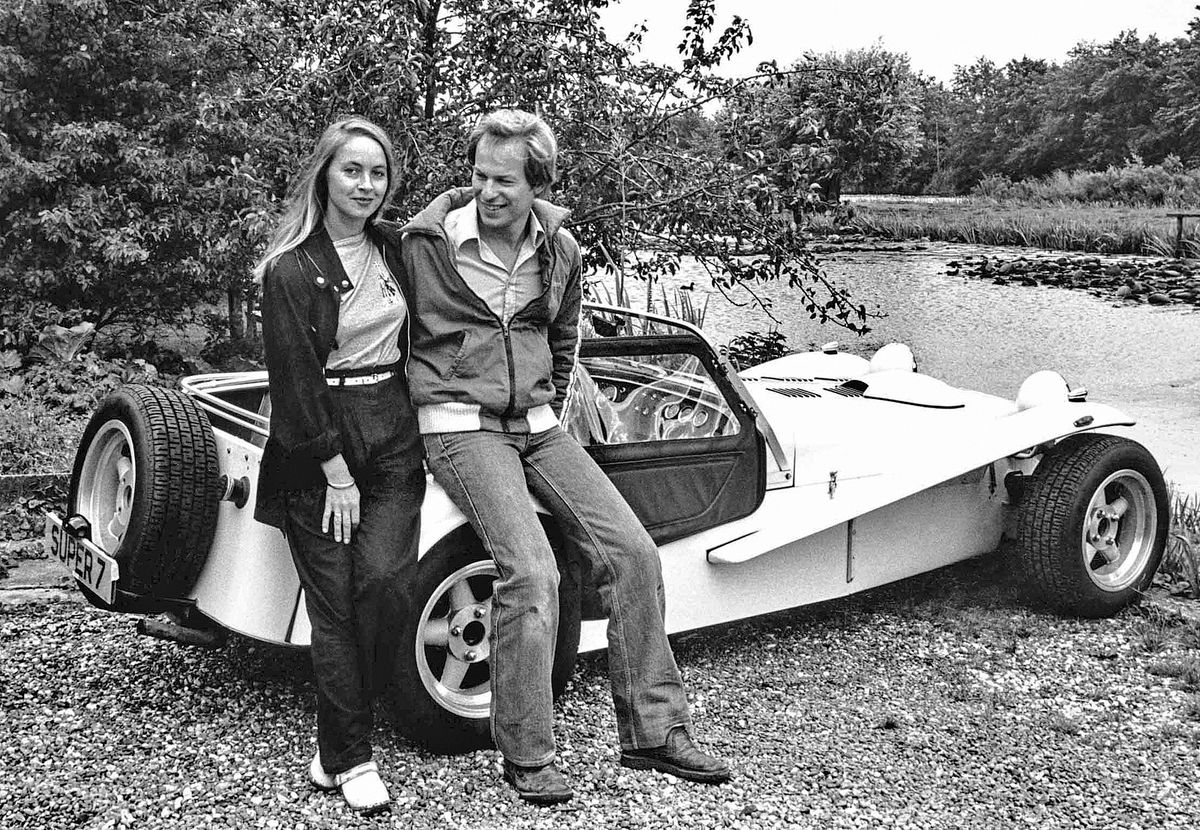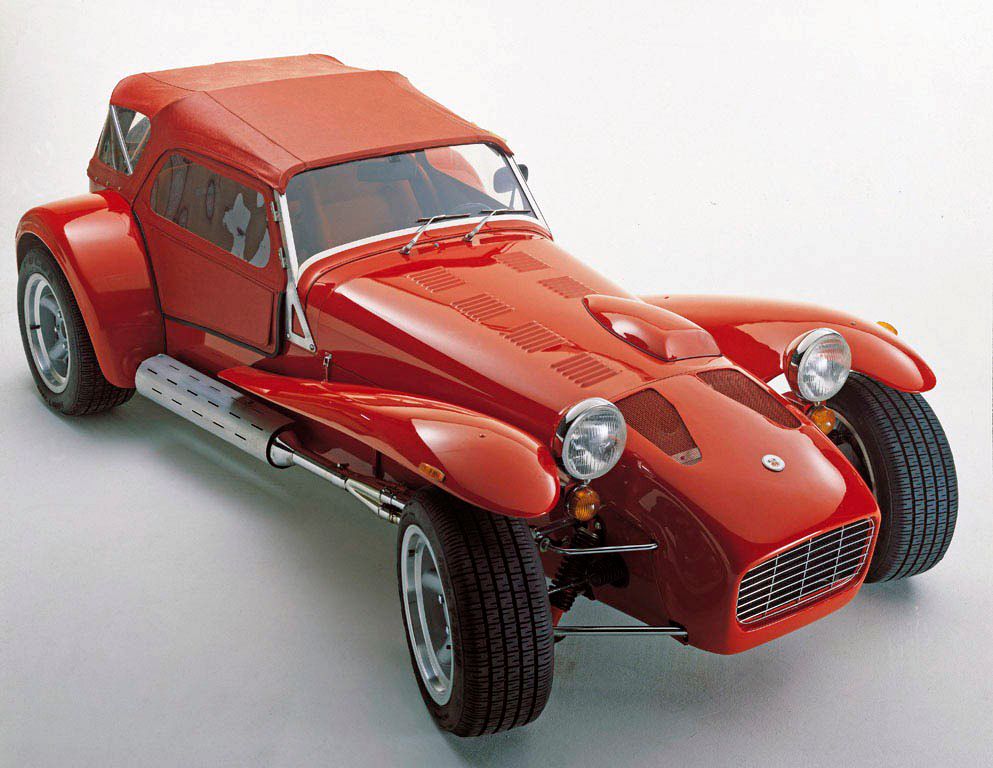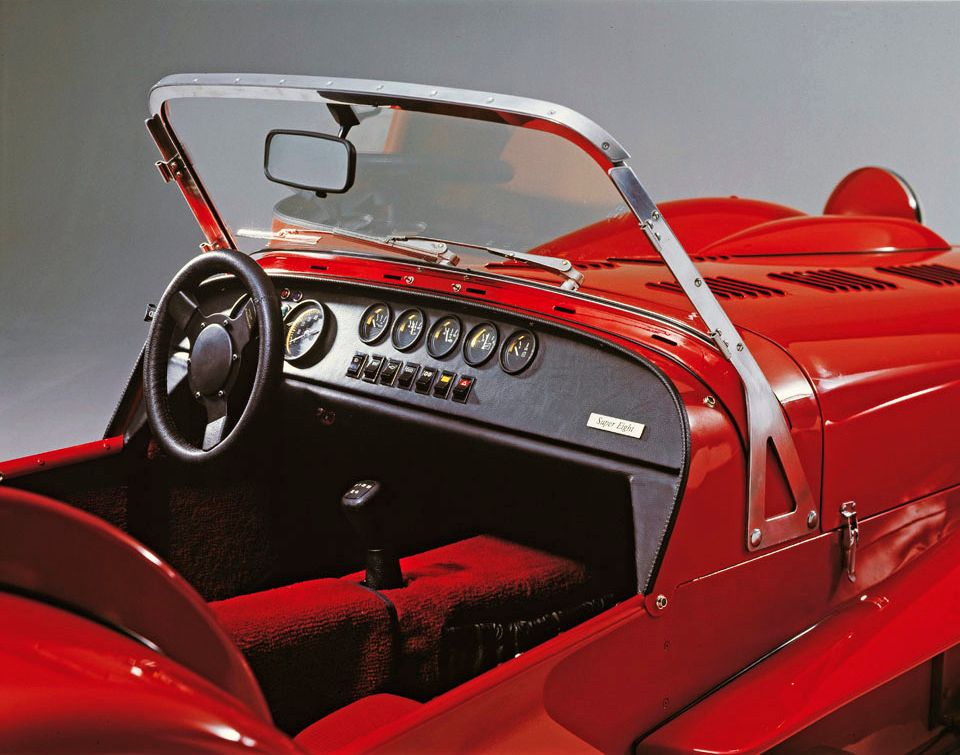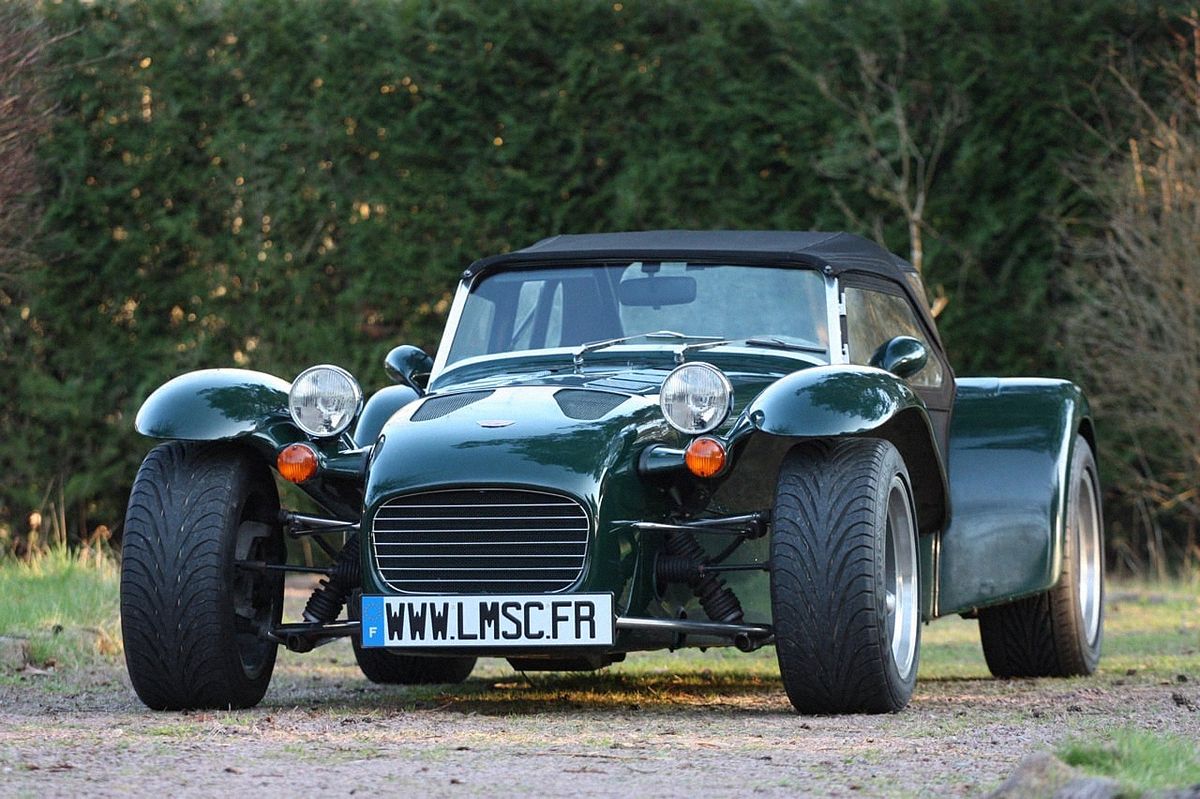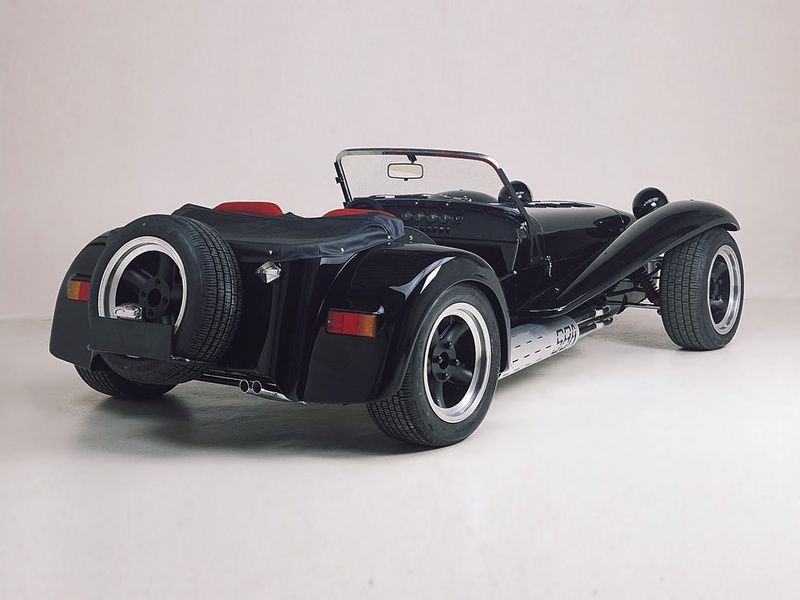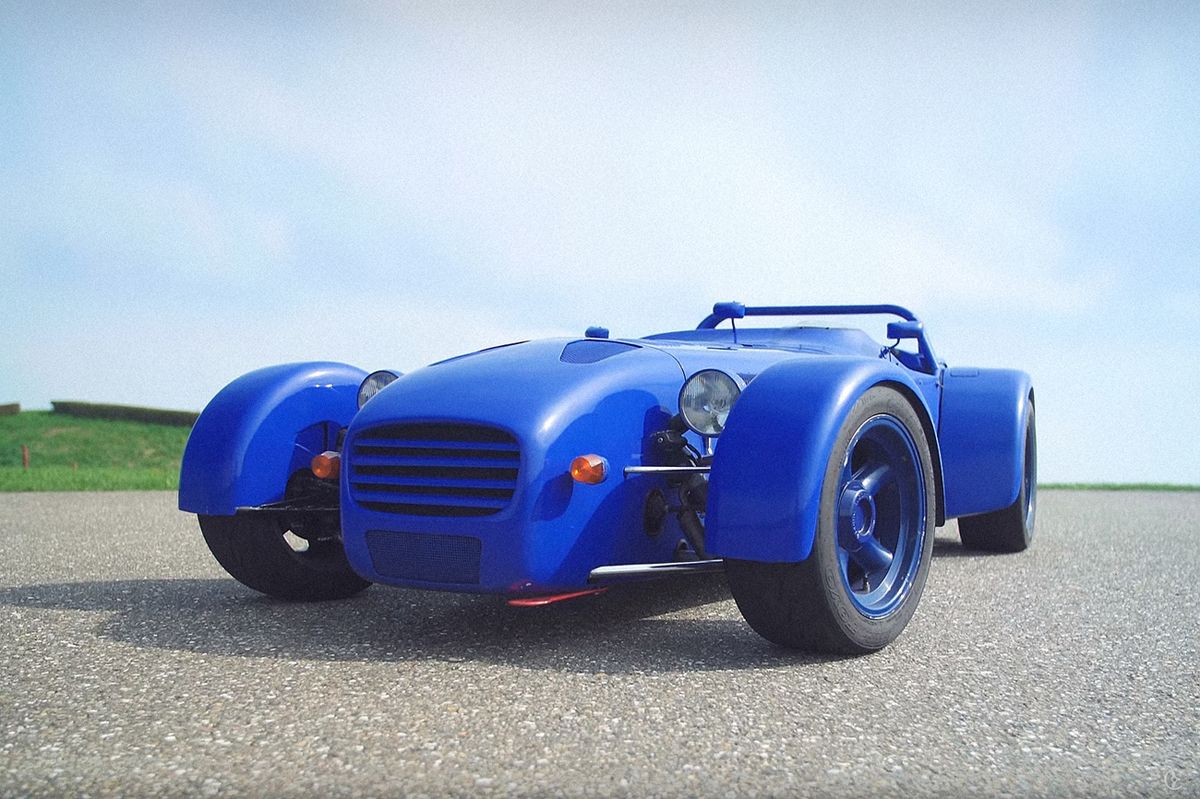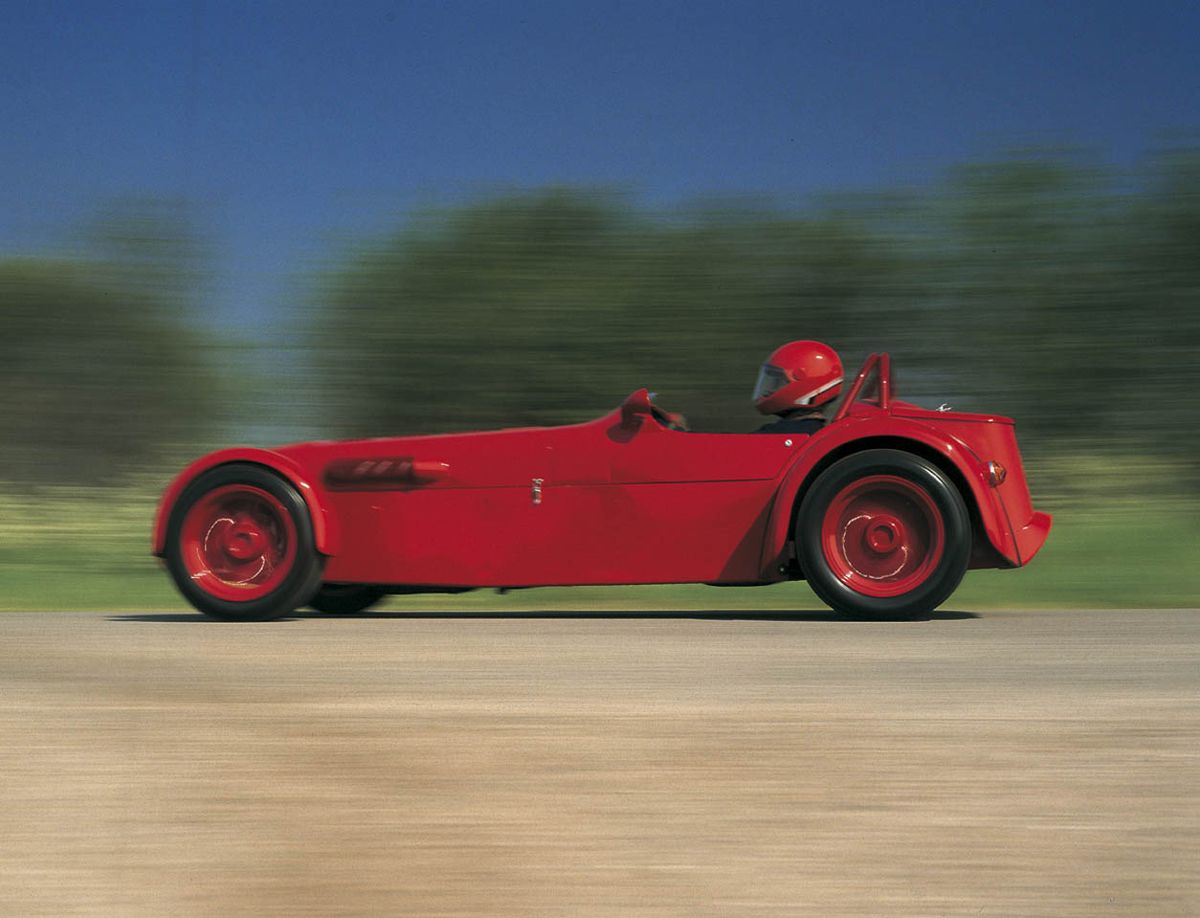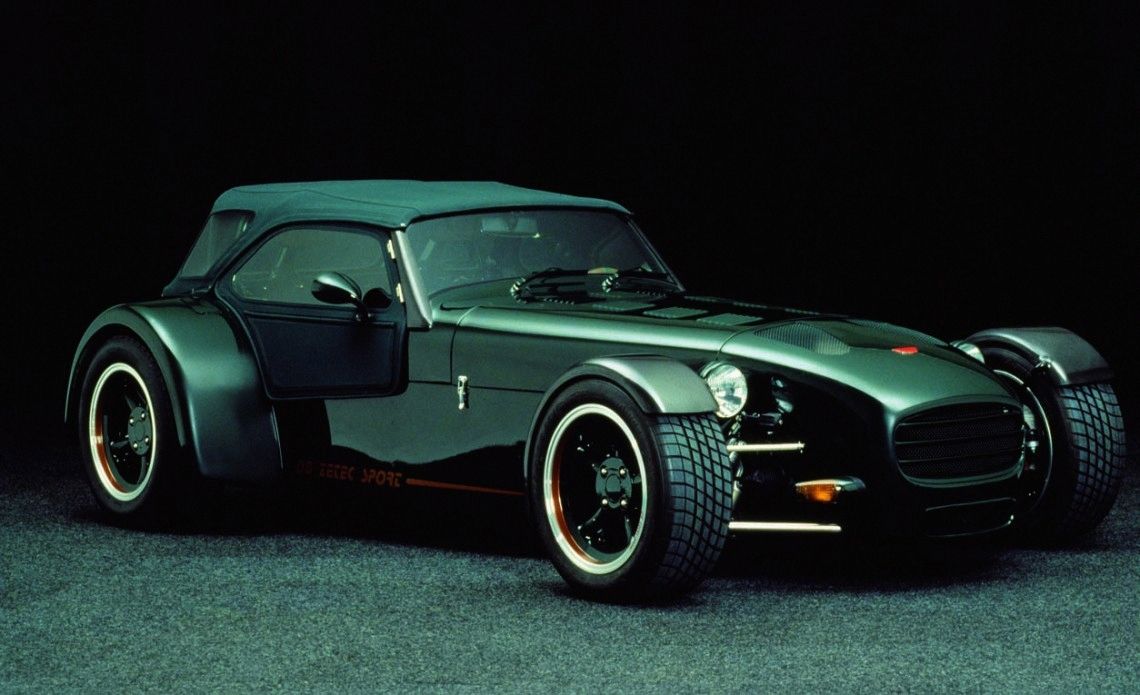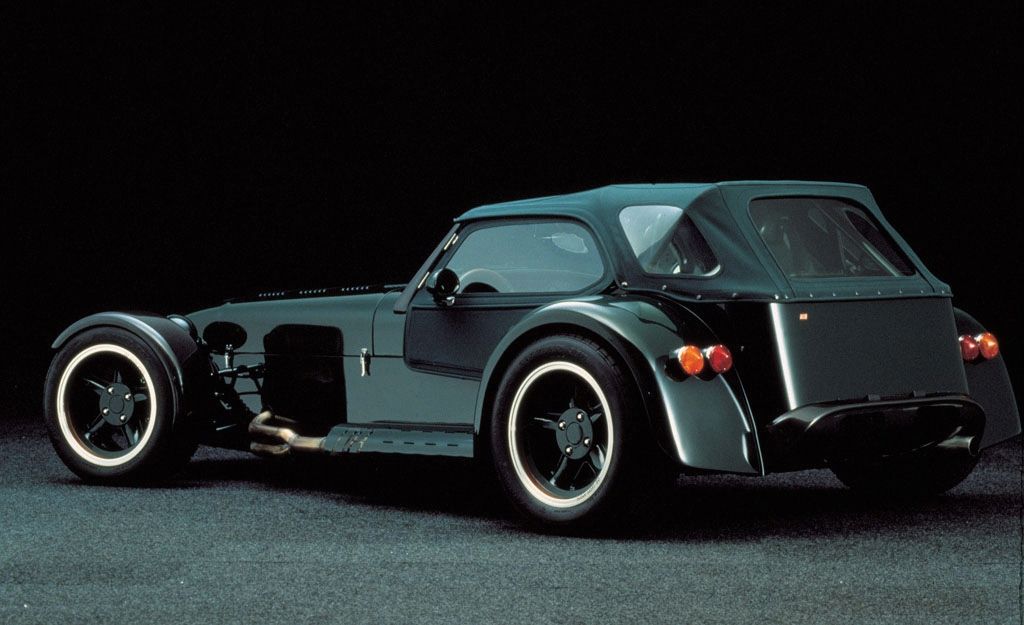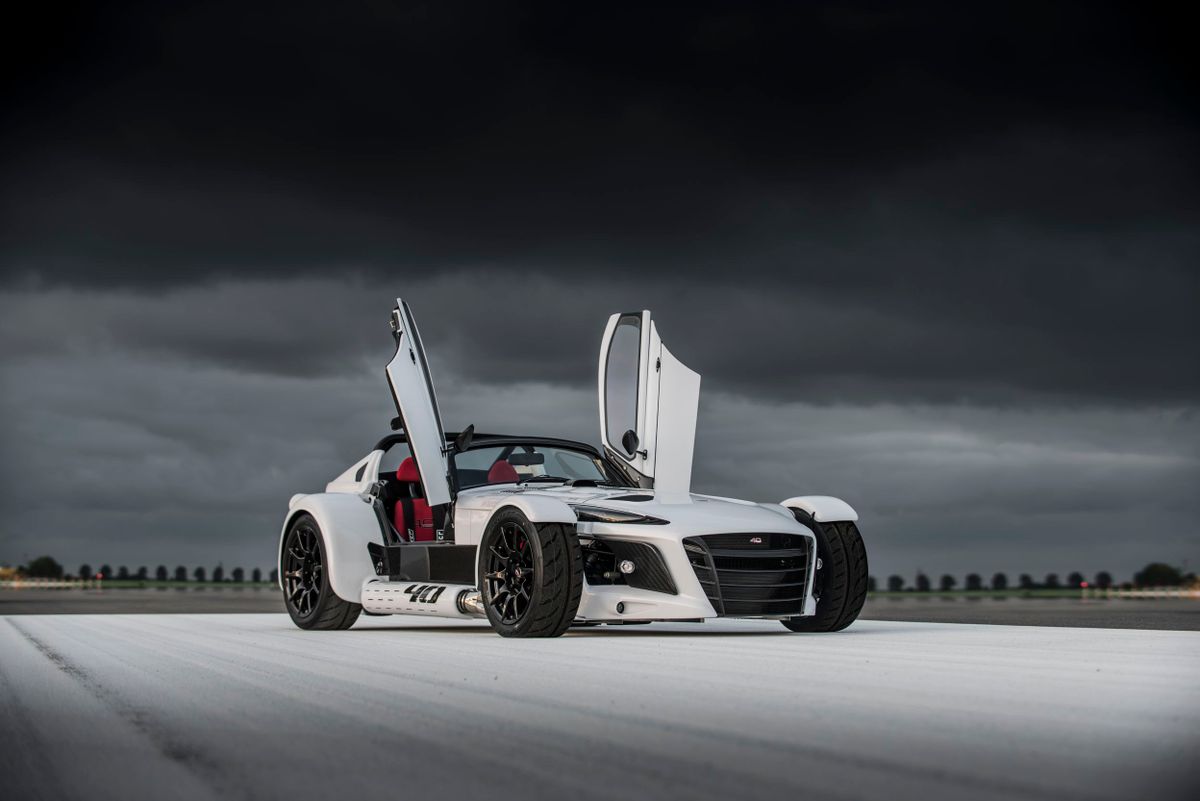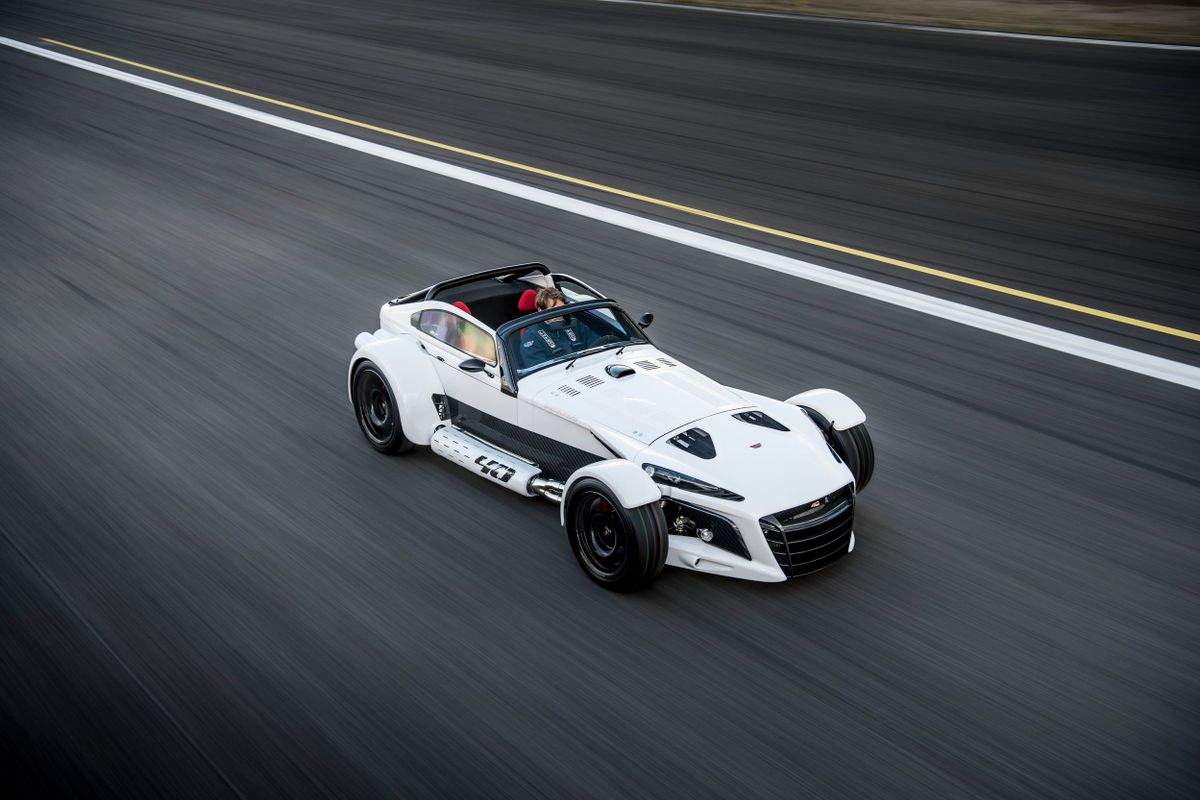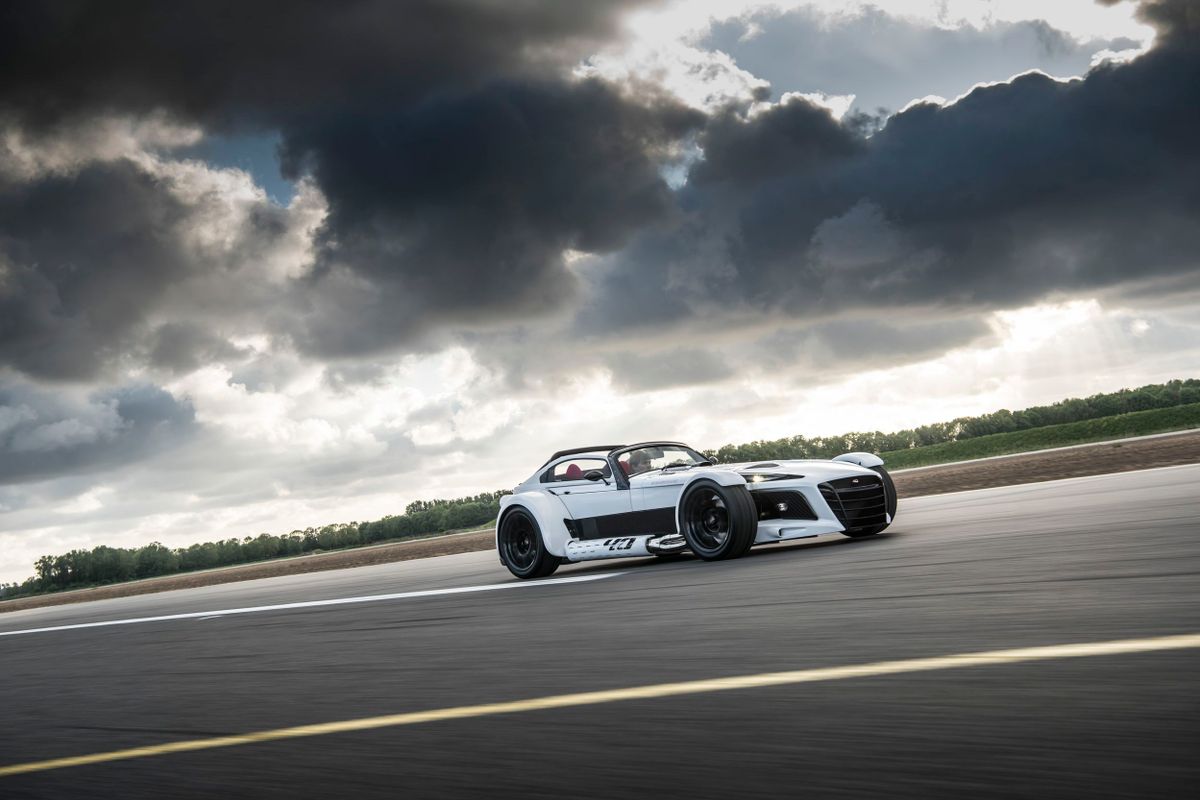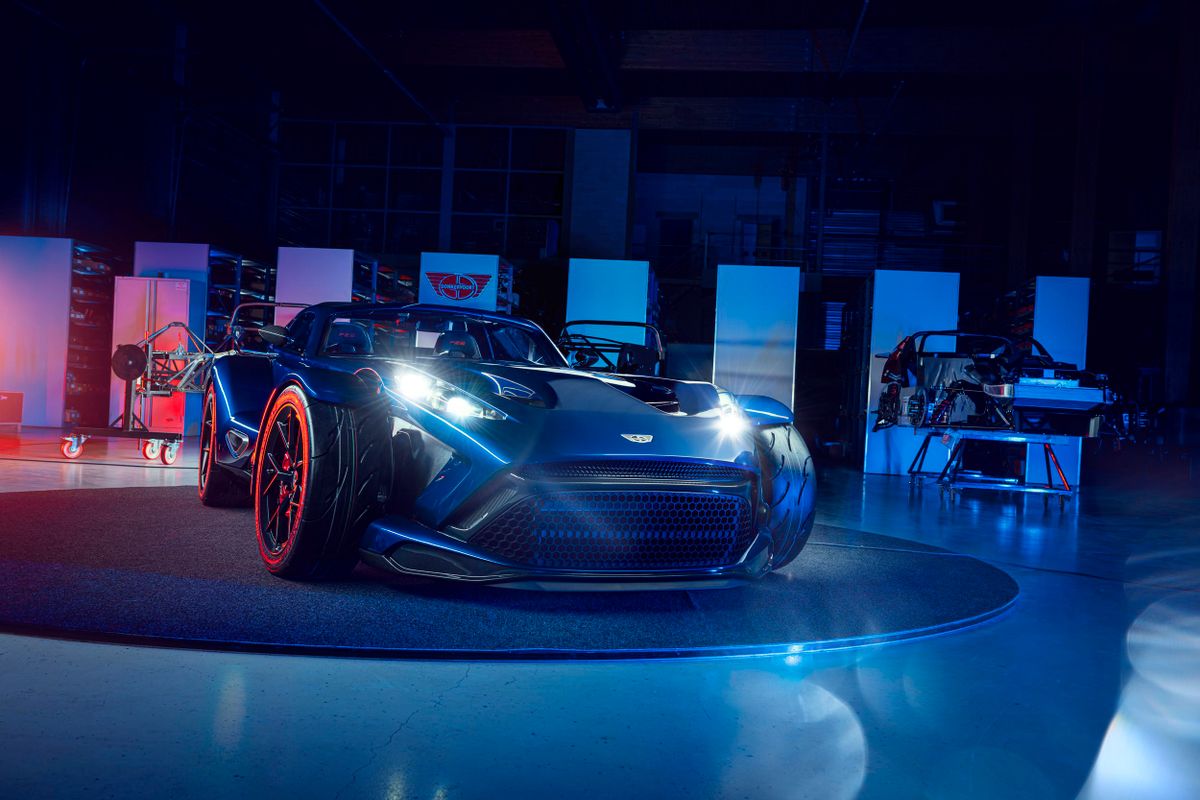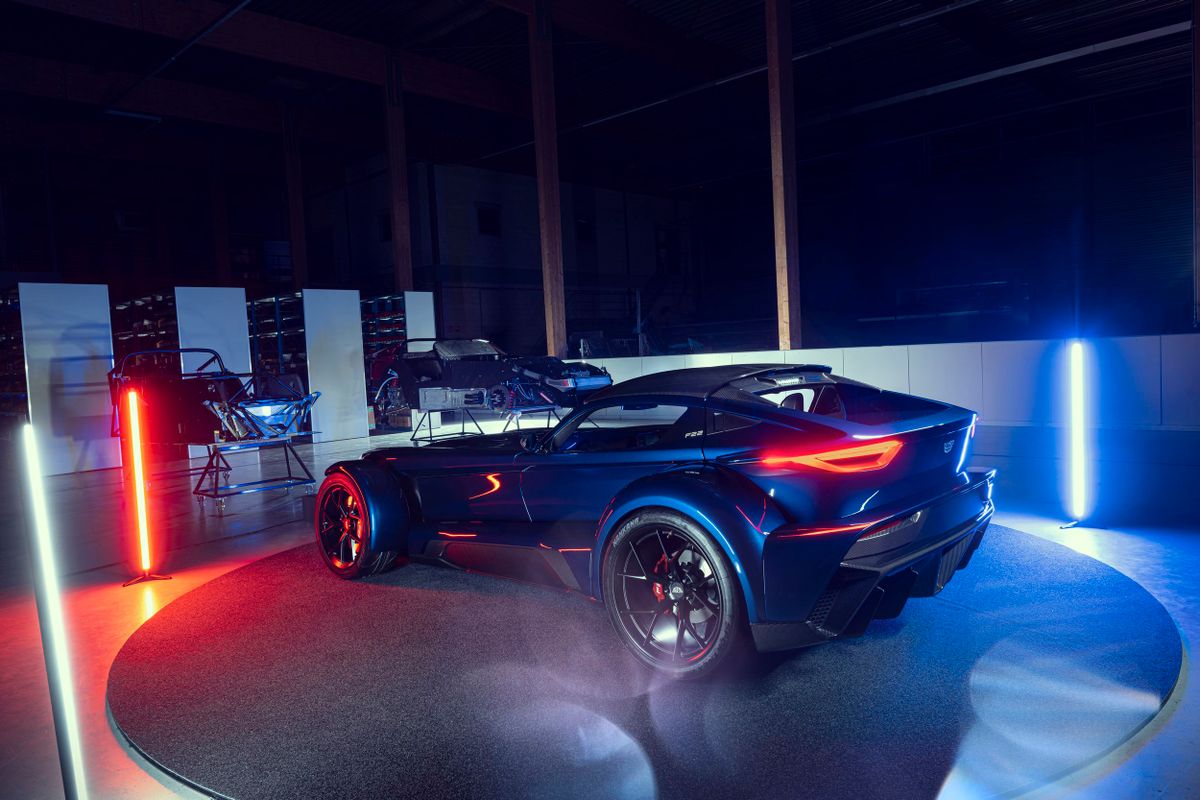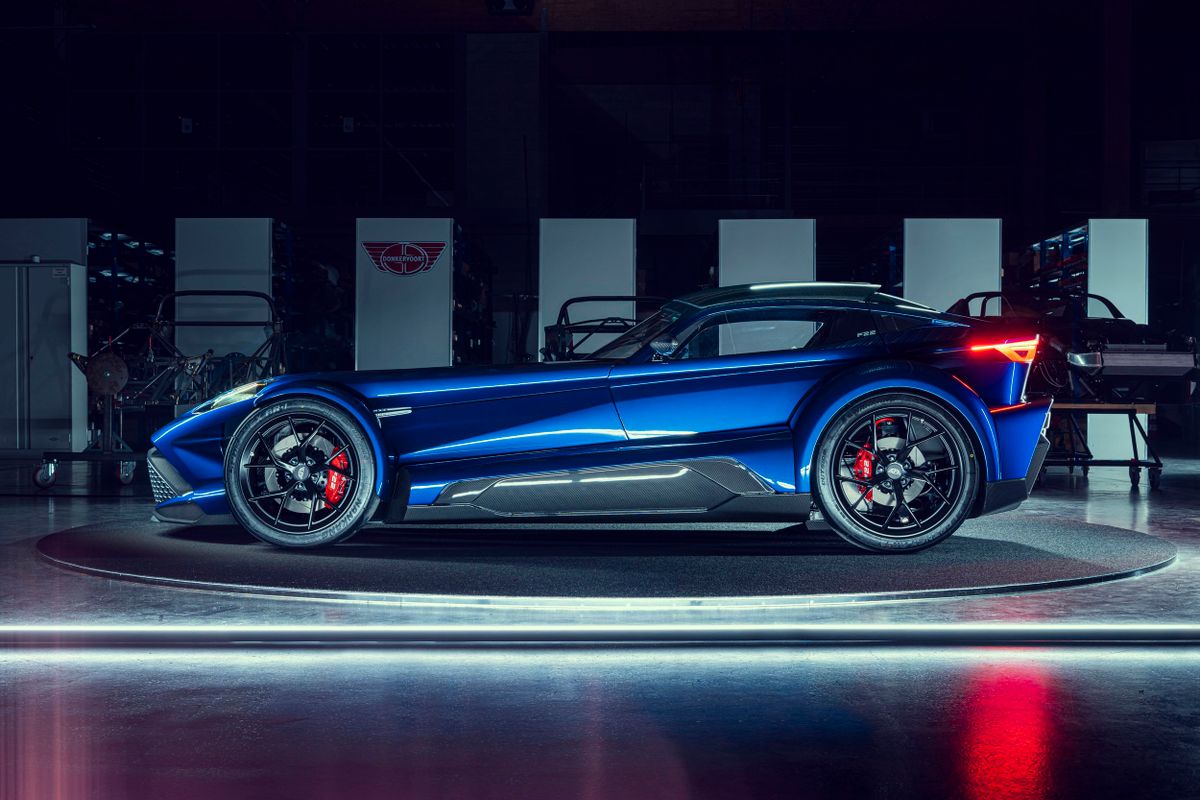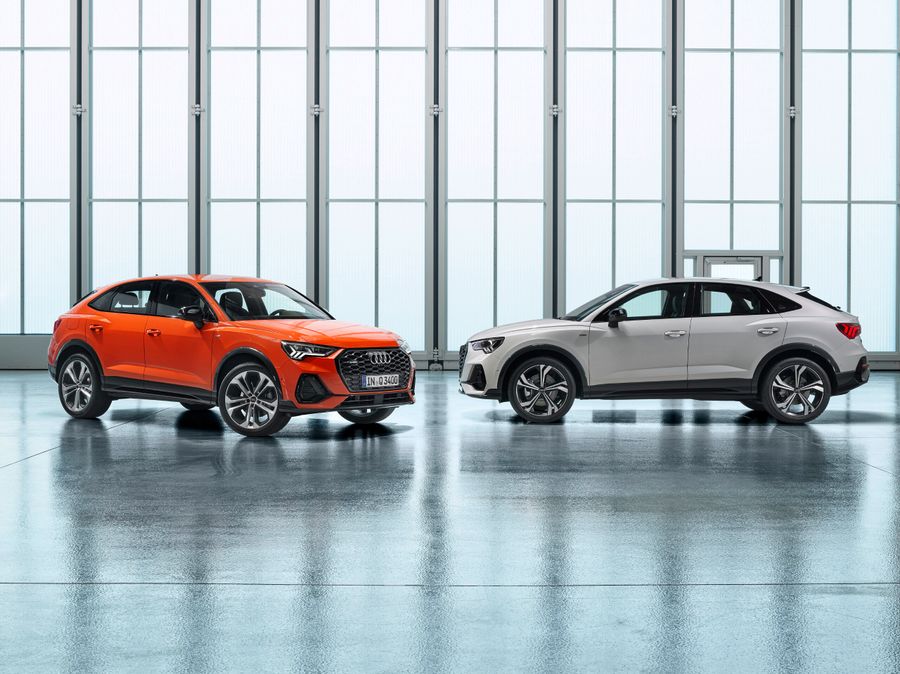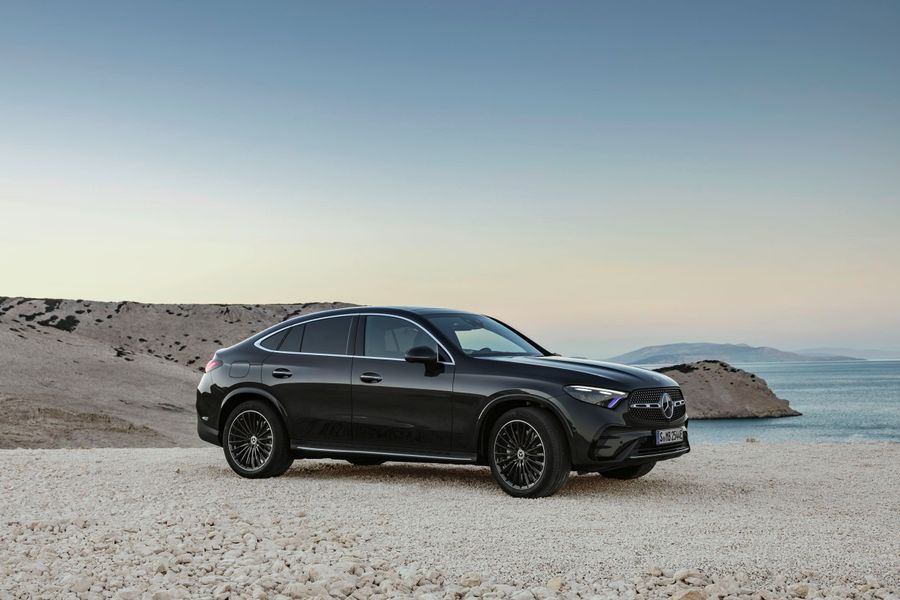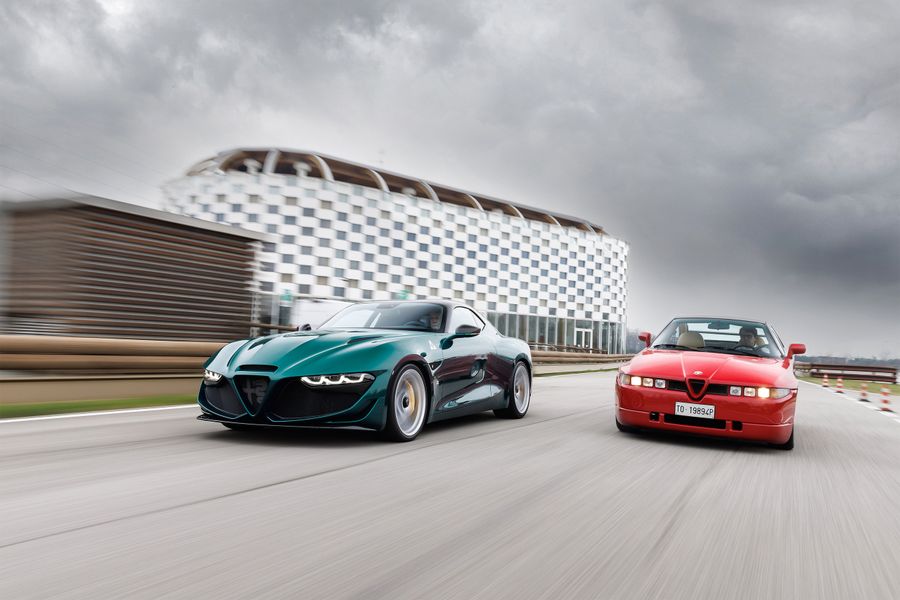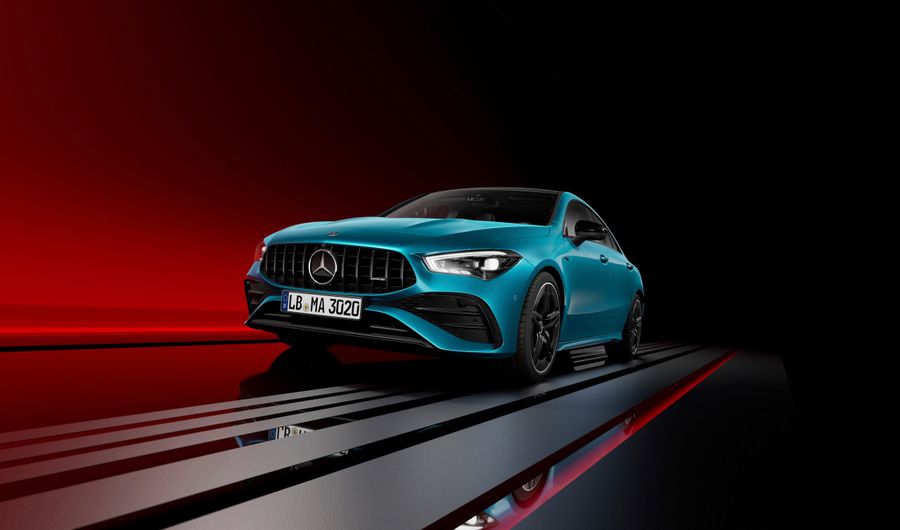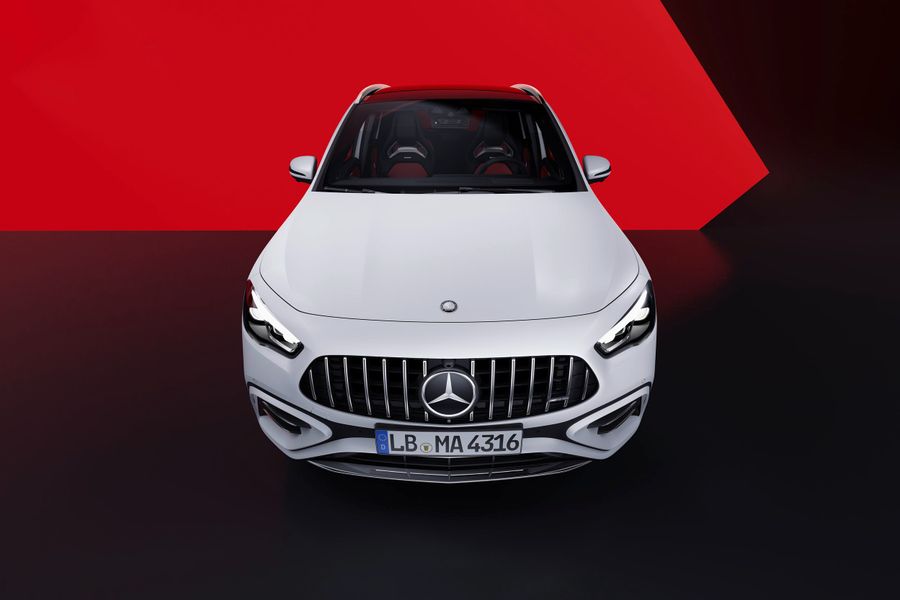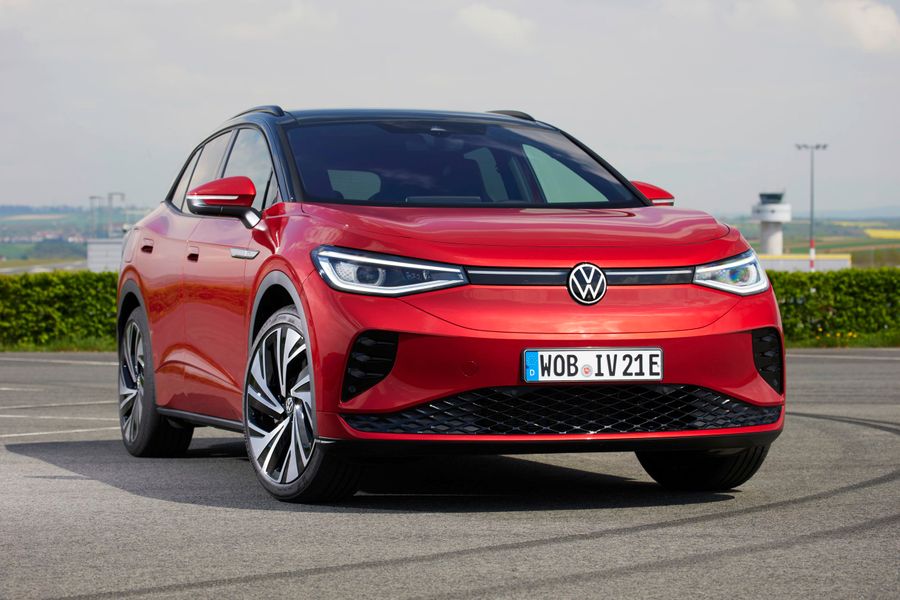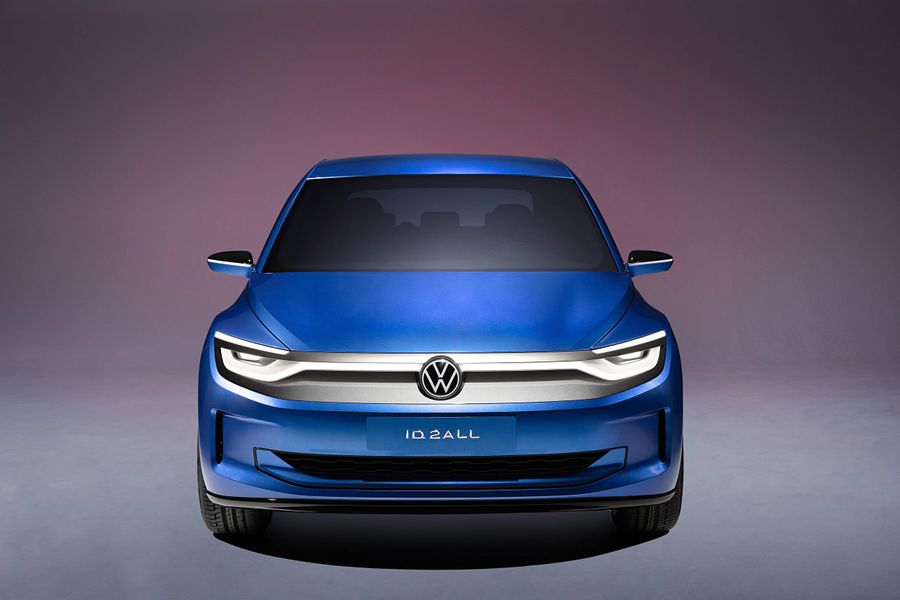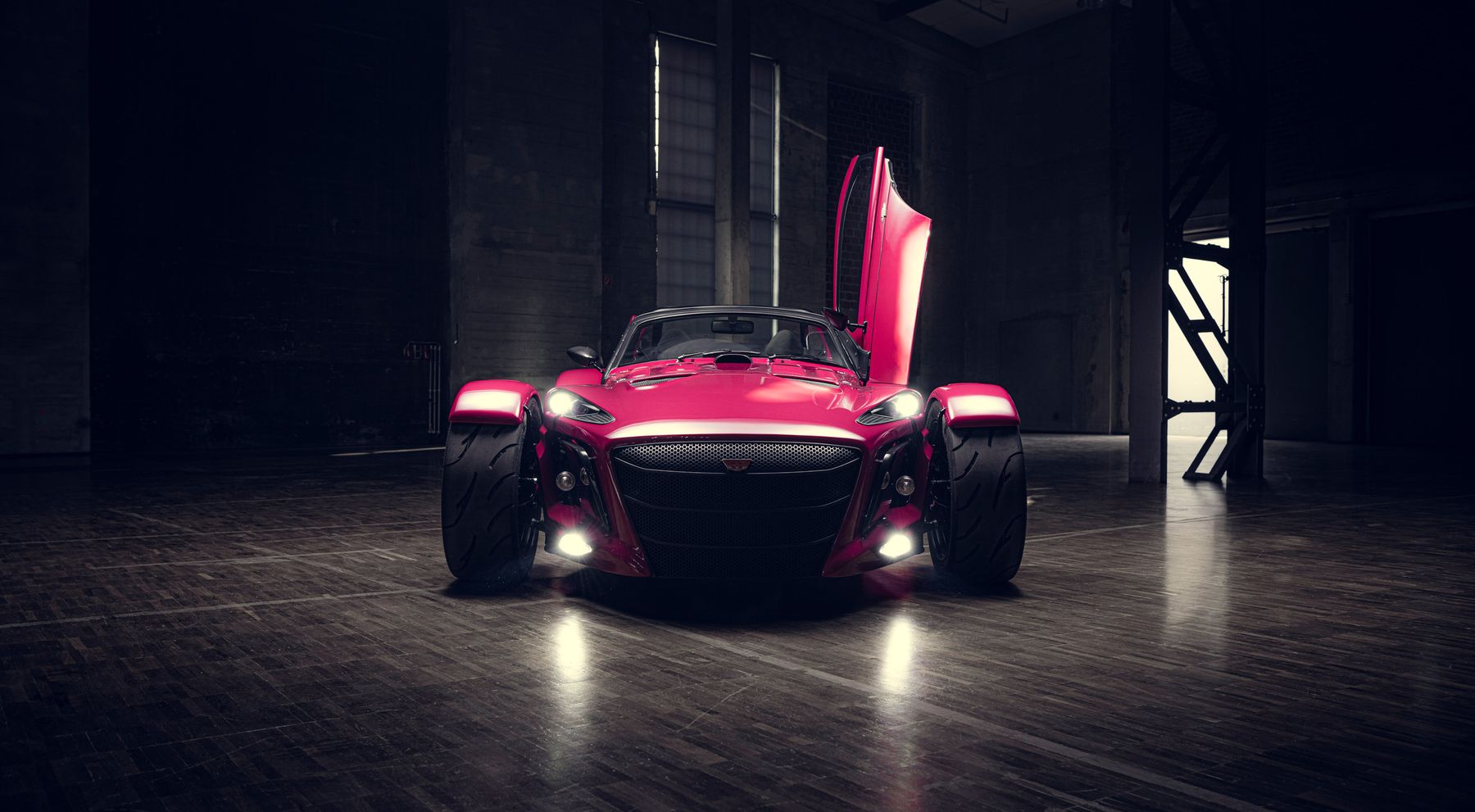
Donkervoort. More than fast cars
Donkervoort Automobielen BV is a sports car manufacturer based in Lelystad, the Netherlands. Founded by Joop Donkervoort in 1978, the company has long been involved in handcrafting unique sports cars based on the Lotus Seven (1957-1972). The brand’s cars are considered among the fastest in the world, they broke lap records on several well-known tracks. But Donkervoort is more than fast cars. Its designs have influenced the entire automotive industry and even people’s attitude towards driving a car.
The Lotus Seven is a small, lightweight two-seater sports car designed by Lotus founder Colin Chapman. The open-top car was produced from 1957 to 1972, but is still considered the embodiment of the Lotus philosophy due to its low curb weight and simplicity.
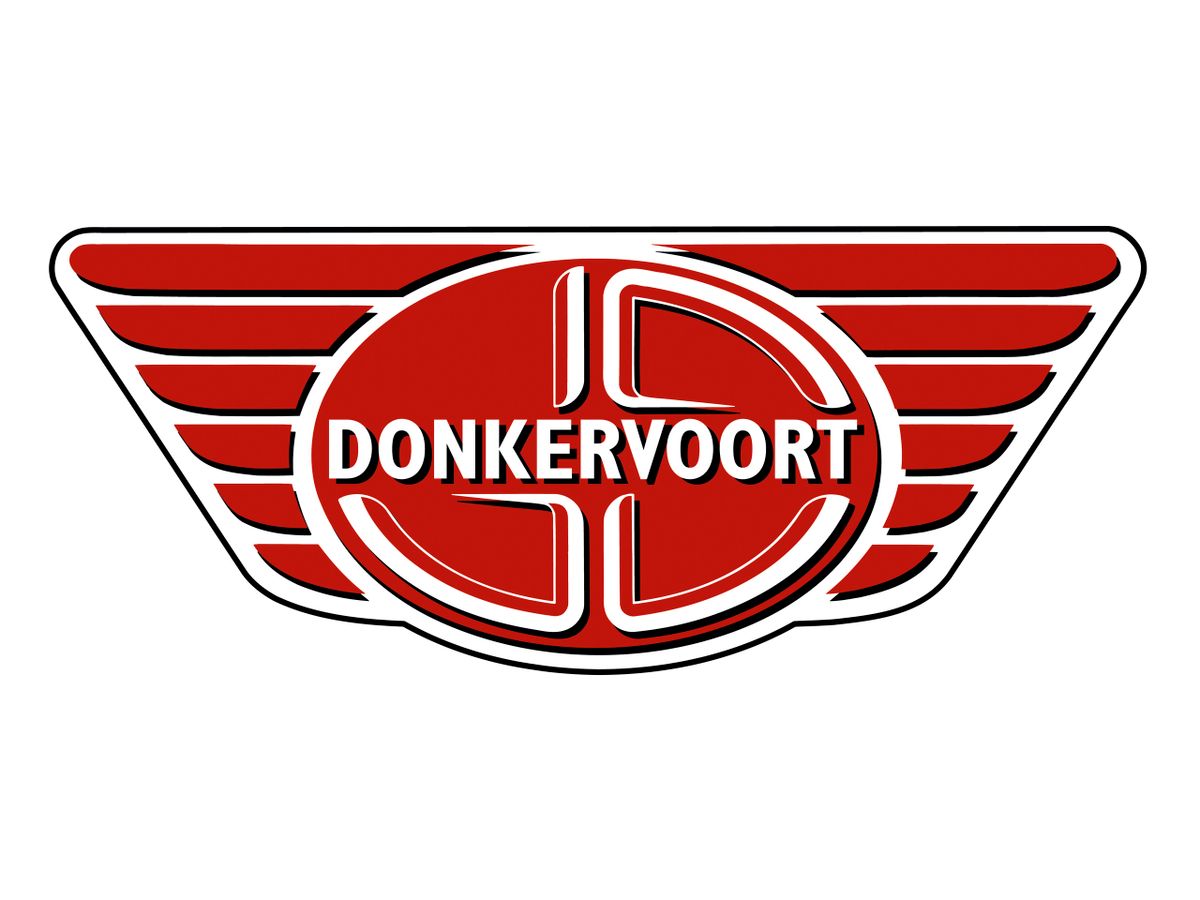
In 44 years of activity, Donkervoort has managed to produce only about 1,500 cars, producing no more than 50 pieces per year, and each is assembled by hand and has existed for a long time in different variations and modifications. Today, the range offers a new sports car, the Donkervoort F22. All of the brand’s supercars are designed under the motto “No Compromise”, which means no electronic assistants as standard: even ABS and power steering are optional. But, interestingly, Donkervoort cars always find their customers, a small batch is sold quickly, and the price is not at all stratospheric, at least by the standards of rich people: the new F22 costs only 245,000 euros (excluding taxes), and its lot even had to be expanded to 75 units due to high demand.
Company history
At the age of 16, a young boy, Joop Donkervoort, had a fateful encounter: on his way home from school, he encountered a parked Lotus 7. The shocked and fascinated boy stopped, forgot about everything, and drew that beautiful car. From that moment on, he had an ambitious goal: to create a lightweight sports car better than the benchmark. The years have shown that the talented Dutchman has succeeded. In 1978, Joop created his first car, so this year is considered the birth moment of the company, which is now known and loved in different countries, because Donkervoort sports cars changed people’s lives.
‘Donkervoort sports cars win the hearts of owners with magnificent response, total driving immersion, unrivaled customer service and hypercar technology at supercar prices’
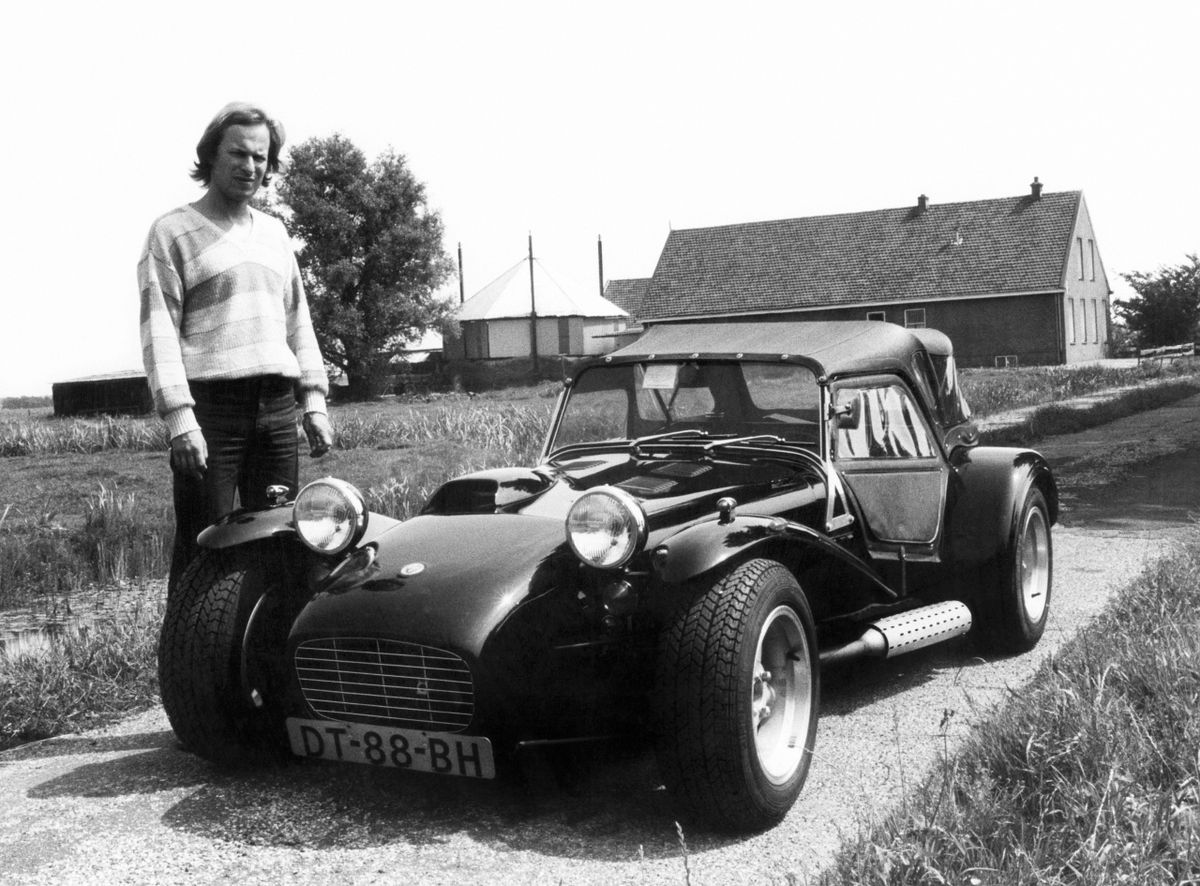
Joop Donkervoort wanted to make sure that driving a car would bring maximum emotions. He succeeded in creating an unprecedented close bond between drivers and their cars. This tradition has been perpetuated since 2021 by Denis Donkervoort, son of his father and new boss of the firm.
Model range
Donkervoort S7
The Donkervoort S7 (1978-1984) was the new company’s first sports car, an ultralight sports car that combined comfort, reliability, sportiness and functionality. In a nutshell, it is an embodiment of an energetic driver’s dream. It was equipped with a 1.6 liter engine with 90 hp from Ford (like the original Lotus). It got a 4-speed gearbox and rear axle from the then-popular Ford Escort.
Donkervoort S8
The Donkervoort S8 (1985-1989) is the evolution of the first model: the car became much wider and more dynamic. It was equipped with a 2.0-liter Ford engine with a capacity of 110 hp. Great attention was paid to safety. There was a dual braking system and two aluminum fuel tanks mounted behind the rear axle.
Donkervoort S8А
The Donkervoort S8A (1985-1993), in turn, became the development of the S8 model, but the amount of improvements made allowed it to be considered a new car. The sports car became a little wider and received a new rear suspension and a new 5-speed gearbox. Externally, the car was also different thanks to restyling, which had an effect on the front end, hood and doors.
Donkervoort D10
The D10 (1988-1989) commemorates the 10th anniversary of Donkervoort. The small batch consisted of only 10 cars, distinguished by the absence of windshields and dynamics. The car featured a 190 hp engine. Acceleration to 100 km/h occurred in just 4.8 seconds. In 1986-1994, the manufacturer also produced the S8AT version with a modernized 2.0-liter Ford engine with 170 hp and a 2.2-liter engine with 190 hp.
Donkervoort D8 Zetec
The D8 Zetec sports car was produced from 1993 to 1998. The new model was distinguished by its original design: Dutch cars became increasingly different from the original Lotus. The car was equipped with a Zetec engine with a capacity of 140 or 160 hp. Additionally, the D8 Zetec offered a sporty version with a custom interior, curved windshield, and new carbon fiber doors and roof. Then other versions appeared: Cosworth (1994-1998) and Audi (1999-2002). The first version was powered by a 2.0-liter engine with a capacity of 220-280 hp and accelerated to 100 km/h in just 4.8 seconds. The second version reflected a new stage of cooperation with Audi: the engines of the German manufacturer with a volume of 1.8 liters produced from 150 to 240 hp, and their main advantage was their smaller size and weight. With the new chassis and new engine, the total weight of the car was reduced to 630 kg.
Donkervoort D20

The Donkervoort D20 had a different weight distribution along the axles: the engine and gearbox were shifted to the rear. This model, designed for the tracks, used an Audi V6 engine boosted up to 280 hp for the first time. There were also several versions. The D8 270 RS (2005-2007), with only 25 cars built, commemorates Donkervoort’s victory at the Nürburgring in 2004. The D8 GT (2007-2012) was the first closed-body car in Donkervoort’s 30-year history and participated in the GT4 European Cup.
Donkervoort D8 GTO-40
The D8 GTO-40 model debuted in 2018, becoming the development of the previous model. The number ‘40’ in the name appeared in honor of the 40th anniversary of the Dutch company. The roadster is built on a lightweight steel space frame, has a full carbon fiber body and a titanium exhaust. The long hood hides a 2.5-liter Audi TFSI turbo 5-cylinder engine, boosted to 415 hp and 500 Nm. The sports car weighed only 678 kg and accelerated from 0 to 100 km/h in 2.7 seconds, accelerated to 200 km/h in 7.7 seconds.
Donkervoort F22
In 2021, Joop’s son Denis became the head of the company, and already on November 30, 2022, a completely new car called F22 was presented. It borrowed the large front wheels, a simple design and, of course, the purity of feelings from the Lotus Seven. And if the father named the D8 after his son Denis, then the F22 was named after Joop’s granddaughter, Denis' daughter, newborn Philippa. The beautiful car turned out to be larger than its predecessors, it even has a trunk with a volume of 298 liters. According to the laws of modernity, the sports car now has a multimedia system in the form of an iPad Mini on the front panel and even a traction control system with several operating modes. However, ABS and electric power steering are still options. The model features a familiar 2.5-litre Audi TFSI turbo 5-cylinder engine, producing 500hp and 640Nm. Today it is the most powerful Donkervoort in history.


